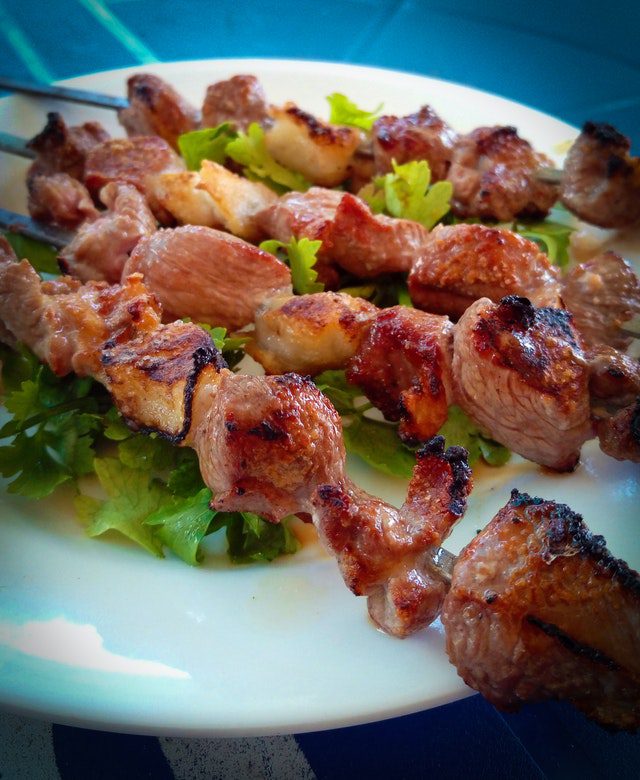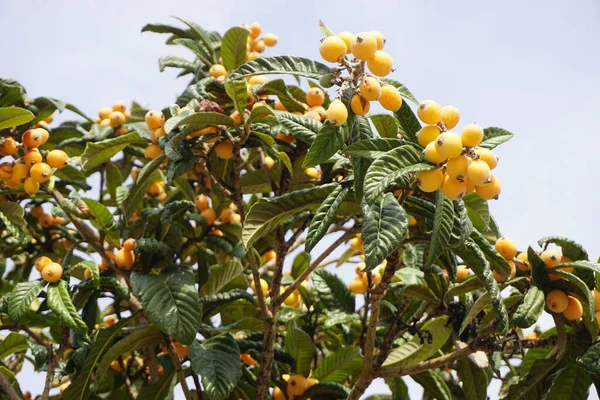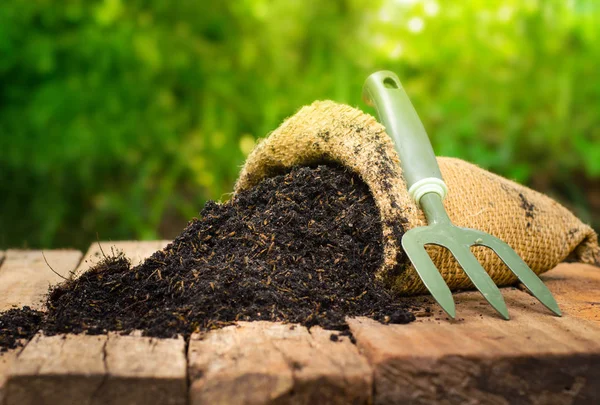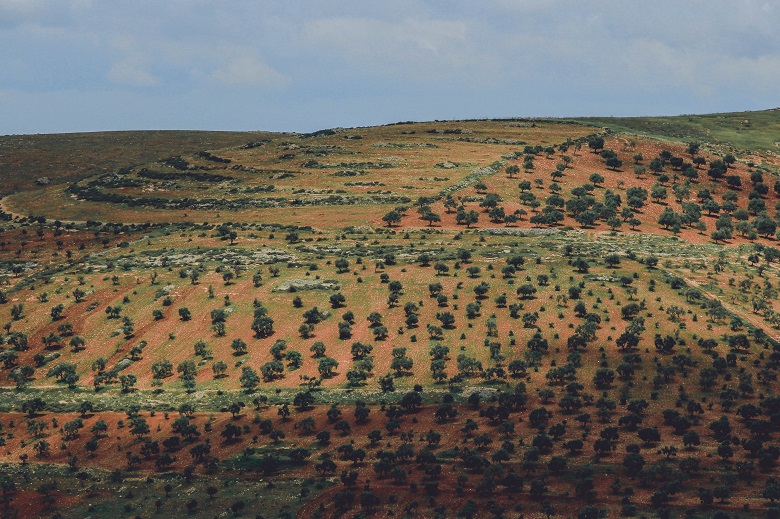Are you looking for best tips make more money in your butchery shop in Kenya? Value addition is your best bet. You will reduce your incidences of food wastage, utilize by-products like hides and earn extra money by selling high-value products like meat balls, sausages and canned meat. In this post, we will guide you how to set up and run a cottage meat processor.
What is value addition?
Most people complicate the term value addition to mean the expensive processing and manufacturing. In this context, Value addition is the process through which the slaughtered animal carcass and parts are further processed and packaged to not only appear more attractive to the retailers and consumers, but tastier.
you can run a profitable home-made or cottage industry to add value of your farm products. You will use simple and cheap methods like packaging to prepare them for the final market thereby making more profits.
What are the cheapest value addition methods in a small butchery?
Are you looking for the best methods of value addition or cheap meat processing in your slaughter process or butchery? There are two types of value addition covered in this post. Meat processing and second the value addition of meat by products.
The following are the 8 types of meat processing or value addition you can adopt. It is for the meat products intended for human consumption.
- Meat ageing
- Professional cutting
- Grinding/Mincing
- Spicing/Salting/Marinating
- Smoking
- Cooking
- Sun drying
- Packaging
Meat ageing
You will Keep your carcasses in a controlled temperature. It is ideal for tough meats. It is a natural tenderization process that will improve its juiciness, aroma, flavor color and appearance. Aged meat will fetch more profits or value due to high quality.
Professional cutting
It involves primal and retail cutting and deboning of carcasses to fit consumer or buyer preferences. You will then display it using various types, weights, size and appearance. You can differentiate meat in your shop as bone meat, boneless meat, lean or fatty.
Generally, beef carcass is split into 2 halves. Each is split between the 10th and 11th rib to get 2 hind quarters and 2 fore quarters to het a total of four.
Cut the hind quarters into flank and pistola and further into fillet steak, topside or golden side silverside, rump steak and the thick flank/Top rump strip loin
Similarly, the Fore-quarter cuts are made into following retail cuts
- chine
- brisket
- flat ribs
- inner chuck
- outer chuck
- neck
- clod
Cut the small ruminants like lamb or mutton and the goat or chevron into 2 halves at the loin area. You will then subdivide them into leg
loin and shoulder
Grinding/Mincing
Use either a manual handbook or an electric mincer to grind boneless meat. Mincing means the fine chopping and mixing if raw or cooked meat or fish. After, you can freeze and package it for later use or display.
Spicing/Salting and marinating
Marinating is to process meat by soaking it in a seasoned liquid, called a marinade, before cooking. There are many types of marinades you can use. The main types include acids, enzymes, fats, seasonings, herbs and sugars.
The benefits of marinating are to enhance the meat flavors and change its surface texture.
Cooking
Means to prepare meat by exposing it to high temperatures. There are various methods of cooking meat that your customers may prefer. They include roasting, broiling, pan-broiling, pan- frying, stir-frying and outdoor grilling (barbecuing). Others include braising and cooking in a boiling liquid. Methods of cooking in liquid are simmering, stewing and poaching.
Smoking
Smoking is one of the oldest meat cooking and preservation technique. It is a slow cooking method that help to brown meat and add flavor to it. You can either barbecue it or use cold smoking method.
Sun drying
It is the cheapest and oldest method of meat processing. You will cut neat into small thin strips. It will allow it to have equal and simultaneous dehydration. You can choose to mix it with some spices and place it in a drying rack in the sun. It will take 8-16 hours of natural sun temperatures, humidity and air circulation.
Packaging
Processed meat need o be packaged in your branded packets to preserve its freshness, protect against physical, microbial and chemical changes, A brans will make it attractive to consumers to help you make more profits.
Best value added products for local butcher shops
As a modern butcher, there is no limit for processed products that you can make and sell. In the following list, we give you a list of the most profitable value added meat products. Besides making
- Biltongs– High value meat products made by stripping, marinating and drying meat.
- Minced meat– ground meat used in making of samosas, meat balls burgers and hot dogs.
- canned meat-deep frozen cooked or raw meat products. In some instances, it may be precooked.
- value sausages/smokies
- Meat balls– balls of mince meat doused with spices, binders and fillers.
- Burgers- pressed meat balls pressed into pates using burger press machines.
- Sausages– Casings of meat, fats emulsifiers and communited meat stuffed into edible casings. You can make fermented, smokie ot fresh sausages.
Methods of adding value of meat-by products in an abattoir
The above methods focus on improving the shelf life for meat for human consumption. You can consider following methods to utilize by products from slaughtering and meat processing to make extra income.
Which by products cab you add value?
The following are the major types of by products in a slaughterhouse or a butcher shop.
- Hides and skins
- Bovine penises
- Cattle ears
- Tails
- Blood
- Pouch material & dung.
You can process them into more valuable products like outlined in the following list.
- Dog sticks-A specialized pet food made from cattle ears.
- Blood meal-Processed or dried animal blood from slaughterhouses.
- Whiskers- use of tails to make whiskers and other related beauty and ornamental products.
- Green manure- Processed pouch products and dung from abattoirs to make organic fertilizers.
How to make your local butchery a value addition company?
You will need some additional investments in your facility to engage in full meat processing. The following summarized procedure on how you can convert your small cut and curry butcher shop into a profitable value addition company.
- Rapid Market Analysis; Is there an existing market niche for processed meat products? To determine it as well as your capabilities and opportunities to venture into it, commission a rapid market analysis prior to investing.
- Simple business and financial planning; Can you afford to start or expand your butchery into processing and value addition unit on same premises? Your financial and marketing plans will inform your investment decision to add value of your animal products.
- Training & capacity development; You will need to improve your workers professional skills in meat cutting and processing. Look for an online master class curriculum for them. The course should give them skills on business management, food hygiene, food processing, marketing as well as customer relations etc.
- Shop and install tools and equipment; the 3rd step is to set up a modern butcher facility. You need to install high tech infrastructure and facilities to handle meat processing. The items you require include boning and clam knives, meat cleavers, grinders and cold or chilling equipment. Others are outfits and sharpening devices.
- Rebrand your butcher shop; There are thousands of butcheries in any given town. The only strategy to stand out of the crowd is to re-brand your butcher shop as unique. There are various ways that you can market your butchery. The best marketing strategy is to exceed your customer expectations through the following ideas.
- Supply quality meat
- Impeccable customer care services
- Lower pricing strategy
- Product innovation and improvement such as use of food delivery apps for convenience food and grocery shoppers
- Digital marketing; if your butcher shop has no online presence, you are missing big. Did you know majority of shoppers today start by searching for a “butcher near me” before any purchase, Gain new customers by having a social media, e commerce site or a blog (or we can help you set one up)
- Specialization; Focus on a particular niche market such as running an organic butcher, a halal butcher or a German butchery where you target a few high value customers.



